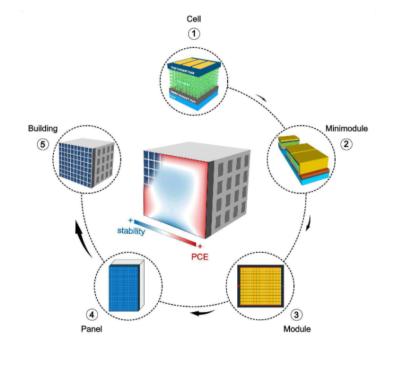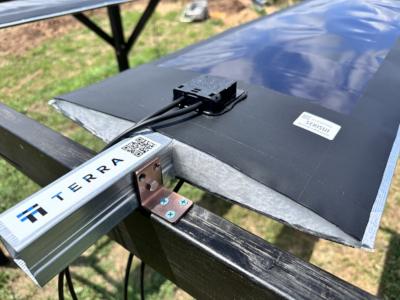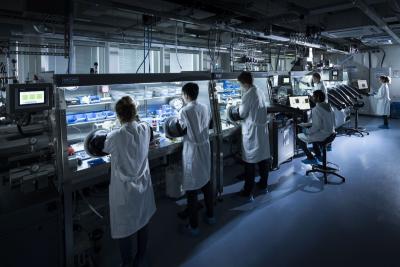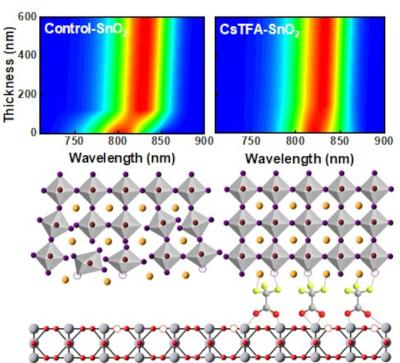Molecule-triggered strain regulation strategy for efficient inverted perovskite solar cells
Researchers from the Chinese Academy of Sciences, Beijing Institute of Technology and Shanghai Lettee Perovskite Optoelectronic Technology have addressed the issue of residual tensile strain - which impedes the improvement of efficiency and intrinsic stability of perovskite solar cells (PSCs) (resulting from the perovskite lattice distortion and different thermal expansion coefficients). To this end, they proposed a molecule-triggered strain regulation and interfacial passivation strategy to enhance the efficiency and stability (especially photostability) of PSCs.
Their strategy utilizes the [2 + 2] cycloaddition reaction of 6-bromocoumarin-3-carboxylic acid ethyl ester (BAEE), consuming the incident UV light to suppress the tensile strain evolution.










